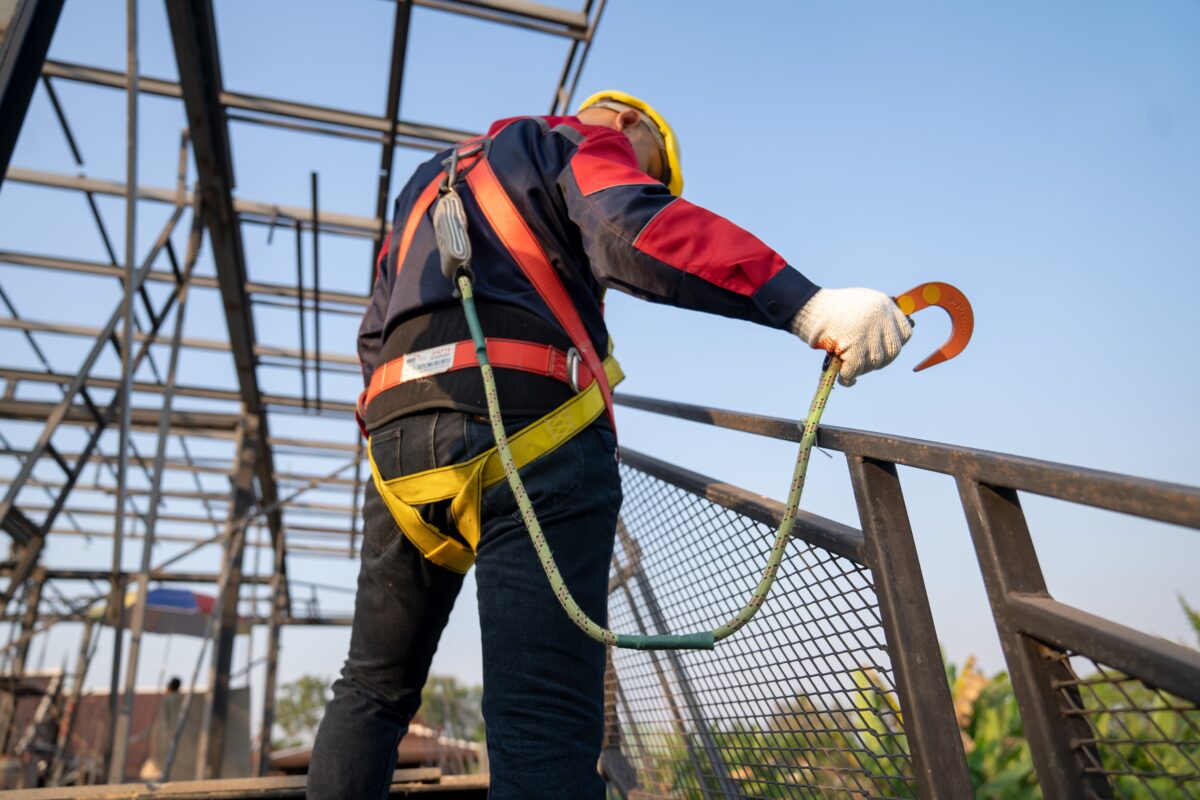Aresta, Lanyards, Safety Harnesses, Working at Height
Scaffolding Harness: Working at Height
Working at height poses significant risks, and safety should always be the top priority. One crucial safety measure that should never be overlooked is the use of a scaffold harness. In this blog, we will explore the importance of using a scaffold harness when working at height. By understanding its benefits and following proper safety protocols, workers can significantly reduce the risk of accidents and ensure their well-being. Let’s delve into the reasons why a scaffold harness is an essential tool for working safely at height.
Fall Prevention:
Working at height without proper fall protection can have severe consequences. A scaffold harness acts as a crucial safety device, preventing falls and providing workers with a reliable anchor point. It allows workers to secure themselves to the scaffold structure, reducing the risk of accidental slips, trips, or falls.
Worker Safety:
The well-being of workers should always be prioritized. A scaffold harness distributes the forces of a fall evenly across the body, reducing the impact on any single point. This minimizes the risk of severe injuries and ensures the safety of workers during potentially hazardous tasks.
Compliance with Safety Regulations:
Regulatory bodies have established strict guidelines and regulations regarding working at height. Using a scaffold harness is not only a safety best practice but also a legal requirement in many jurisdictions. By complying with these regulations, employers demonstrate their commitment to providing a safe working environment and avoid potential legal consequences.
Increased Confidence and Focus:
Working at height can be mentally challenging, as workers need to concentrate on their tasks while being aware of their surroundings. Wearing a scaffold harness instills confidence in workers, allowing them to focus on their work without the constant fear of falling. This increased confidence translates into enhanced productivity and efficiency.
Emergency Rescue:
In the event of an accident or emergency, a scaffold harness provides a means of rescue. It allows others to quickly and safely assist a worker in distress by utilizing the harness as a connection point for evacuation or retrieval. Having a scaffold harness readily available ensures that workers can be rescued promptly, minimizing potential injuries and saving lives.
Versatility and Adaptability:
Scaffold harnesses are designed to accommodate various working conditions and heights. They can be adjusted to fit different body sizes and offer flexibility in movement while ensuring optimal safety. This versatility makes scaffold harnesses suitable for a wide range of tasks and industries.
Conclusion:
The importance of using a scaffold harness when working at height cannot be overstated. It is a vital safety measure that protects workers, prevents accidents, and ensures compliance with regulations. By providing fall prevention, enhancing worker safety, and enabling prompt rescue, scaffold harnesses play a crucial role in maintaining a secure working environment. Employers must prioritize the provision of scaffold harnesses and ensure that workers are trained in their proper use. Together, we can create a safer and more secure workplace for those who work at height.
If you have any further questions or need assistance with any other topic, feel free to reach out. Stay safe!

